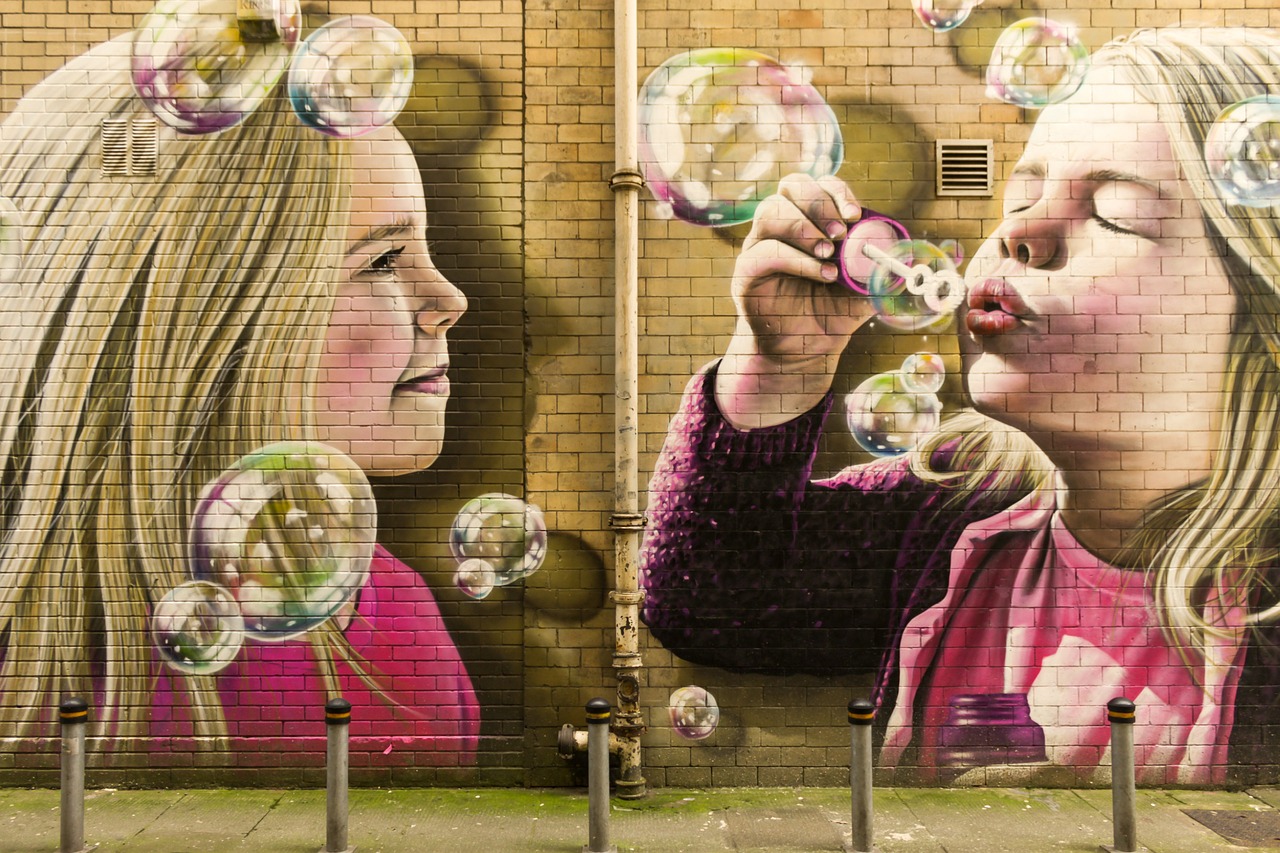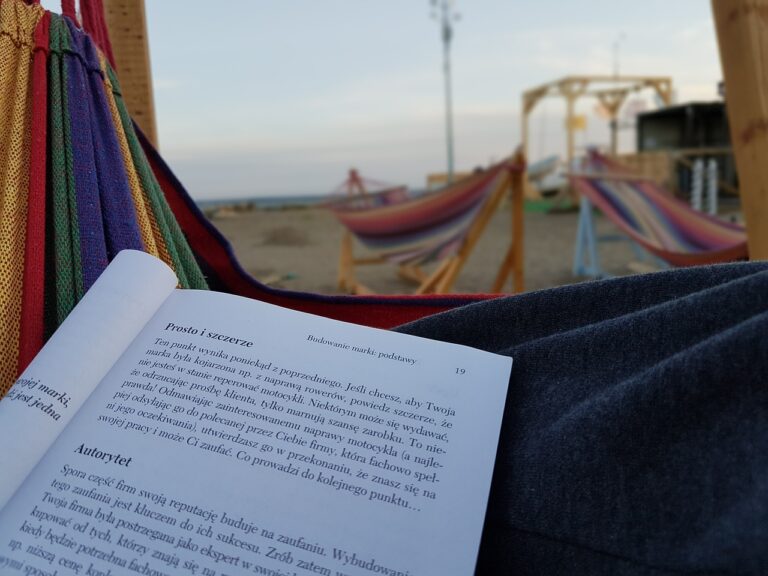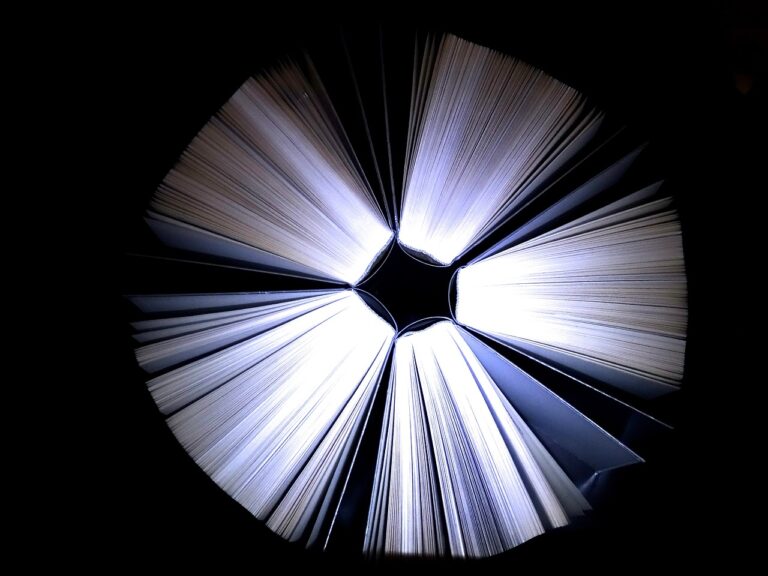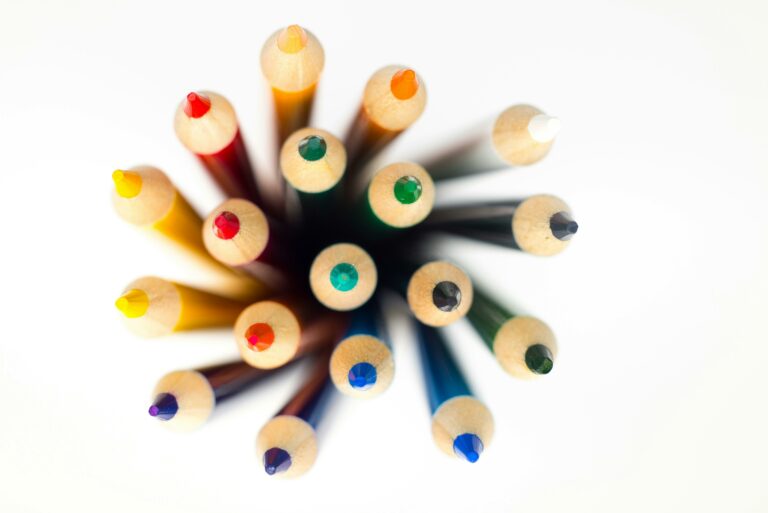Trends and Techniques in Modern Textile Designing
Textile designing is at the heart of fashion, interiors, and art, continuously evolving as it intersects with technology, culture, and environmental considerations. As consumer preferences shift towards sustainable, customizable, and innovative products, the textile industry is embracing new trends and techniques to stay relevant. In this article, we will explore the current trends and advanced techniques shaping modern textile design.
1. Sustainability in Textile Designing
One of the most dominant trends in modern textile designing is sustainability. The push for eco-friendly and ethical fashion has led designers to adopt materials and processes that reduce the environmental impact. Organic cotton, hemp, and recycled fibers are becoming increasingly popular. Techniques such as zero-waste pattern making, waterless dyeing, and digital printing are helping minimize the use of natural resources, while ensuring vibrant and creative designs.
Additionally, the circular economy concept is gaining momentum. Textile designers are focusing on creating durable, long-lasting fabrics that can be recycled or upcycled, reducing the industry’s overall waste footprint. Innovations such as biodegradable textiles and smart fabrics with embedded sensors or energy-harvesting properties are also on the rise.
2. Digital Textile Printing
Digital textile printing is a technique revolutionizing modern textile designing. It allows designers to create intricate and detailed patterns with ease, offering more precision and flexibility than traditional methods like screen printing. By using high-resolution digital files, designers can now experiment with unlimited color palettes, custom designs, and intricate details without the cost and time constraints associated with older techniques.
This technique has also democratized textile design by enabling smaller production runs and quicker turnaround times, making it perfect for fast fashion or bespoke pieces. Furthermore, digital printing is often considered more environmentally friendly, as it uses less water and produces less waste.
3. Smart Textiles and Wearable Technology
The convergence of textiles and technology has birthed smart textiles—fabrics that have the ability to sense, react, and adapt to external stimuli such as heat, light, or movement. These fabrics are embedded with electronic components like sensors, LEDs, and even solar cells, opening up possibilities in various industries, from healthcare to sportswear.
For example, textile designers are creating wearable technology like garments that can monitor heart rate, regulate body temperature, or charge devices. This trend is driving innovation in materials, with conductive fibers and flexible electronics pushing the boundaries of what fabrics can do.
4. Cultural and Artisanal Influence
Despite the rise of technology in textile designing, there is a strong resurgence of interest in traditional and artisan textile techniques. Hand-weaving, block printing, embroidery, and natural dyeing are being reimagined for modern consumers who appreciate craftsmanship and the stories behind their clothes. Designers are incorporating indigenous textiles and age-old techniques from various cultures to bring authenticity and a sense of history to their creations.
Blending modern and traditional techniques is a growing trend, particularly in high fashion and home décor. This fusion allows designers to create textiles that are rich in texture, detail, and meaning while staying contemporary and relevant.
5. 3D Printing and Fabric Engineering
3D printing is gaining traction in textile designing, enabling designers to create complex structures and textures that were previously impossible. This technique allows for the customization of garments in real-time, giving designers greater freedom to experiment with volume, form, and function.
Fabric engineering is another area of interest, where scientists and designers collaborate to create high-performance materials. Textiles that are flame-resistant, waterproof, or UV-protective are being integrated into fashion and industrial design, pushing the limits of what textiles can achieve in terms of performance and aesthetics.
6. Customization and Personalization
Consumers are increasingly looking for products that reflect their unique tastes and preferences. This shift has made personalization a key trend in modern textile designing. Brands are offering customizable fabrics, allowing customers to choose colors, patterns, and materials to create one-of-a-kind pieces.
Mass customization, enabled by advancements in digital printing and 3D technology, is now within reach for many companies. The rise of on-demand manufacturing also means that products are produced only when ordered, reducing waste and catering to the consumer’s desire for exclusivity.
Conclusion
Modern textile designing is an exciting field, shaped by technological advancements, cultural influences, and the demand for sustainability. Designers are pushing the boundaries by integrating smart textiles, 3D printing, and eco-friendly practices into their creations. As the industry continues to evolve, it is clear that innovation, artistry, and environmental consciousness will be at the forefront of future developments in textile design.







